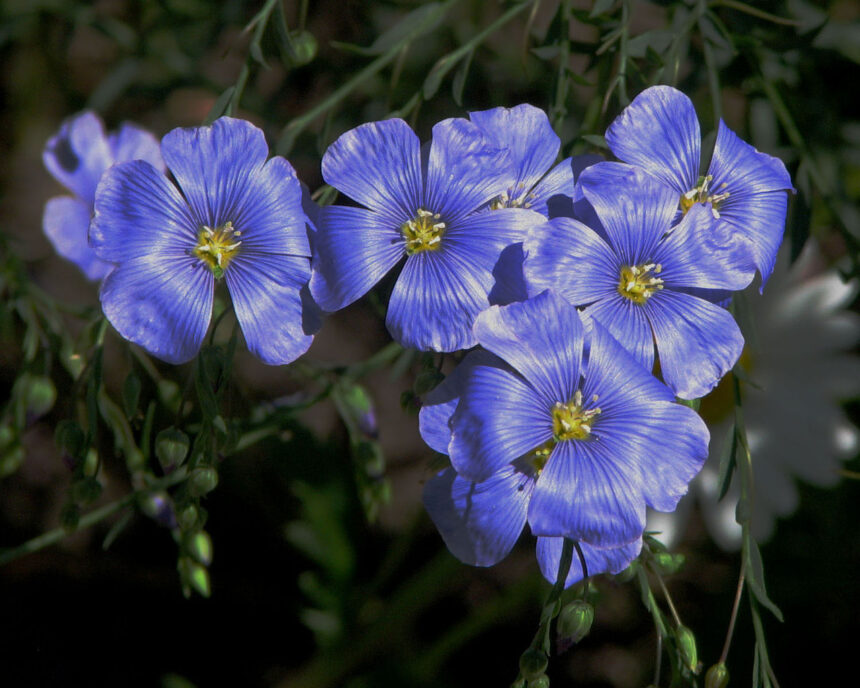Rust is a common fungal disease that can affect flax plants, potentially impacting their health and yield. Early detection is crucial to managing and mitigating the damage. Here are ten early signs that your flax plants might be suffering from rust:
- Small Yellow Spots: One of the first indicators of rust is the appearance of small, yellowish spots on the leaves. These spots may gradually expand and become more pronounced.
- Orange or Reddish Powder: As the disease progresses, you might notice orange or reddish powdery pustules on the underside of the leaves. This is the fungal spores that have developed.
- Leaf Curling: Affected leaves may begin to curl or twist as the fungal infection disrupts the normal leaf structure.
- Premature Leaf Drop: Rust can cause the leaves to deteriorate prematurely, leading to an early drop. This results in reduced photosynthesis and overall plant vitality.
- Stunted Growth: Flax plants infected with rust may exhibit stunted growth. The disease can hinder the plant’s ability to grow and develop properly.
- Reduced Seed Quality: Rust can affect the quality of flax seeds, leading to lower yields and potentially affecting the viability of future crops.
- Dry and Brittle Leaves: As rust advances, affected leaves may become dry and brittle, making them more prone to breakage.
- Rusty Spots on Stems: In severe cases, you may observe rusty spots or pustules on the stems and branches of the flax plant.
- Weakened Plants: The overall vigor of the flax plants may decline, making them more susceptible to other diseases and pests.
- Reduced Flower Production: Rust can also impact the flowering process, leading to fewer or malformed flowers and reducing overall seed production.
Managing Rust in Flax Plants
To manage rust, consider these strategies:
- Remove Affected Plants: If rust is detected early, remove and destroy affected plants to prevent the spread of the disease.
- Improve Air Circulation: Space plants adequately to enhance air circulation, which helps reduce the humidity that promotes fungal growth.
- Apply Fungicides: In severe cases, applying fungicides can help control the spread of rust. Follow the recommended guidelines for application.
- Practice Crop Rotation: Rotate flax with non-host crops to reduce the likelihood of rust reoccurrence in subsequent seasons.
By recognizing these early signs and implementing effective management practices, you can help protect your flax plants from the detrimental effects of rust and ensure a healthy, productive crop.
Join 'Farmers Mag' WhatsApp Channel
Get the latest Farming news and tips delivered straight to your WhatsApp
CLICK HERE TO JOIN






